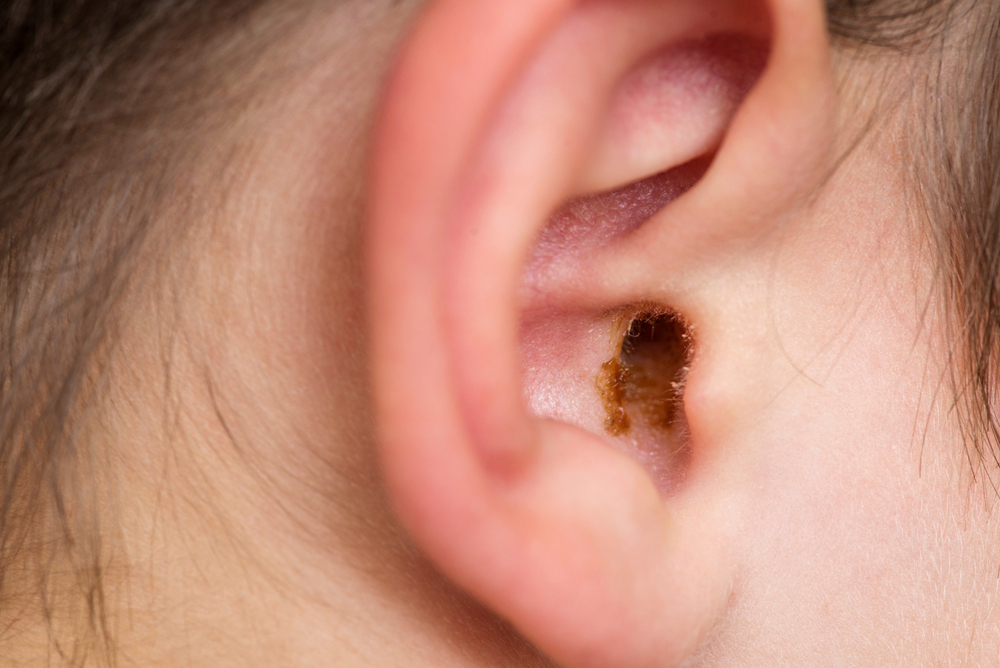
You probably don’t give a lot of thought to earwax accumulation unless you’re in the process of cleaning it out. Still, it’s crucial to have an understanding of its purpose and how it develops.
What triggers the accumulation of earwax?
Earwax, scientifically called cerumen, is a thick combination of debris, hair, skin particles, sweat, and ceruminous gland secretions. Earwax will appear as a waxy substance that will typically be yellow, orange, brown, or even grey.
While the production amount of earwax varies from person to person, adults typically generate less earwax than children. Children also typically have softer earwax that’s lighter in color than adults.
Earwax goes by the outer ear canal leisurely, ultimately reaching the ear opening, where it either self-expels or gets washed out when you bathe.
Why is earwax essential?
Here are a few essential functions that earwax serves:
- Before things like dust, dirt, or other external debris get further up into the ear canal, earwax acts as a roadblock.
- Helping prevent ear infections.
- Protecting and moisturizing the skin lining the ear canal, thus preventing dryness and itchiness.
Obstructions caused by earwax
Usually, there’s no imperative need to remove earwax from your ears unless it becomes impacted, a prevalent issue associated with earwax. In some cases, earwax is unable to easily get to the opening of the ear as a result of narrow or abnormally shaped ear canals.
Wax can be unintentionally pushed up into the ear canal by utilizing improper cleaning methods like using cotton swabs.
People wrestling with hearing loss who utilize earplugs or hearing aids are also predisposed to experiencing ear canal obstructions.
How is hearing affected by excessive earwax?
The presence of earwax blockages may yield slight discomfort and impact auditory health.
Also, considerable buildup of earwax can induce tinnitus, a sensation of ringing in the ears.
Acoustic trauma might result in long-term hearing impairment, perforated eardrums, and long-term hearing loss if earwax blockages go ignored.
How do you deal with impacted wax?
It’s essential that you contact us as soon as you can if you think your ears may be blocked by earwax. Depending on the extent of the blockage, you may be advised to make use of over-the-counter wax softening drops or a bulb syringe for gentle irrigation to alleviate the condition.
Give us a call right away if you need some help with an earwax blockage.